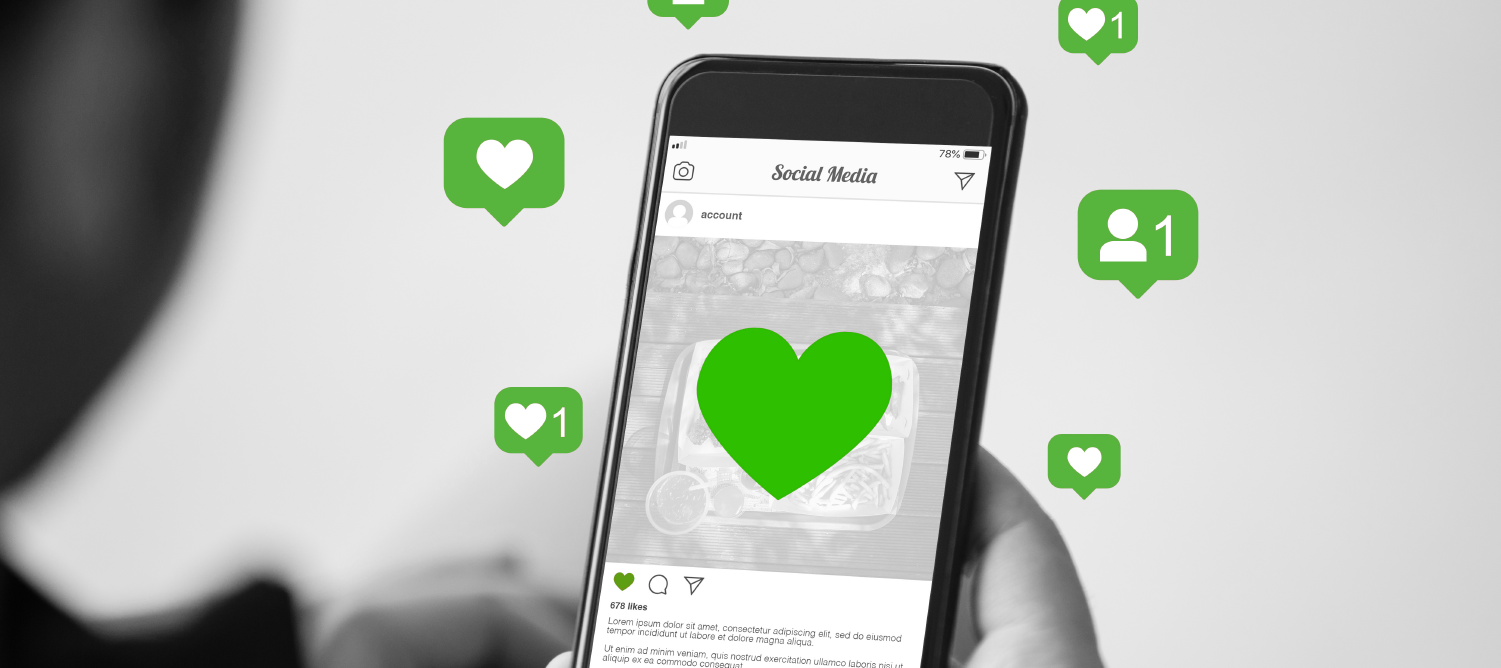Analyzing the state of influencer marketing in 2021

For a long time now, it seemed that if you wanted to look as good as your favorite beauty guru, you’d buy the makeup they promote. If you wanted the abs of a fitness influencer, you’d buy the supplements they used.
With the rise of Instagram came the rise of influencer marketing. Brands paid thousands of dollars for a popular account to promote their products – and it worked. But as the cynical Gen Z population become consumers, this marketing strategy has had to evolve.
We compared Instagram comments on paid product posts from 2021 and 2016 to understand the ever-changing relationship between influencers and their audience. Relative Insight uses comparison to develop deeper text analysis. Comparison provides context, weeding out the language that has stayed the same over time and uncovers the crucial differences.
2016
Five years ago, Instagram commenters described their favorite influencer’s hair, body or life as goals. These photos inspired followers to strive towards the image influencers present online. Followers often sought to achieve a specific influencer’s look.
When promoting products or partnerships with brands, influencers created huge demand. Their followers in return used the word need in response to the promotion, implying a strong desire for the item.


Instagram comments in 2016 were much more likely to include hashtags and tagged usernames, and users tagged brands in addition to friends who would find the content relevant or interesting. This behavior led to higher amounts of traffic recirculation and subsequent sales.


2021
As is the nature of social media, influencer marketing and audience response has evolved over time. In 2021, we saw a significant increase in emoji use. Many commenters used the images instead of words to relay a message.
Our analysis found increased negative comments in 2021 compared to 2016 and followers were more likely to use emojis that showed dislike as well as targeted words like hate and racist.
Instagram comments today often refer to the influencer as a family member or friend. Followers used words like sister or friend when commenting on photos, and they were also more likely to call the influencer beautiful, using a range of adjectives like gorgeous, cute, adorable and pretty.


Finally, consumers in 2021 were more likely to use the word love when commenting on an influencer photo. Users described how they were loving the brands the influencers promoted in addition to loving the influencer themselves.
Uncovering the evolution of opinion over time is crucial in understanding current audiences and anticipating future trends. Our analysis found that Instagram followers consume promoted content differently today than they did five years ago. These insights can lead to effective marketing strategies and communications that resonate with today’s consumer.
As consumers get smarter, influencer marketing becomes harder to get right. Today’s followers respond to authentic content, void of hashtags and promotional language. However, with every good rule there is one massive exception, just look at Lady Gaga’s recent collaboration with Oreo. The green and pink cookies broke the internet, and despite the fact that many of the Gen Zs who bought boxes in droves didn’t actually like the product at all, and said they were nasty, they still went crazy for the packaging and they hype.
So we know it’s crucial to craft relatable yet aspirational communications that align with your followers. The wrong language can turn away your target audience, and followers will not shy away from making their opinions known in the comments section.
Sign up to attend our upcoming webinar event “Are you passing the vibe check? How to talk to Gen Z” – if you can’t make it, register anyway and we’ll send you the recording.
Relative Insight is your key to understanding consumer habit over time – book a demo with us to learn more.
